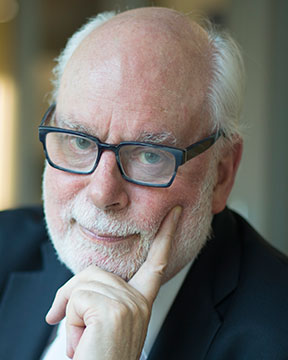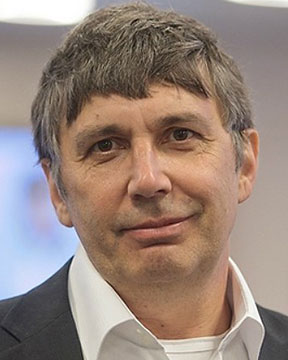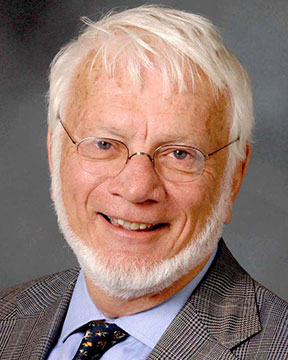



















 |
Patricia HuntImperial College LondonUnderstanding The Different Partial Charge Representations Of Ionic Liquids Fehrmann International Symposium on Sustainable Molten Salt and Ionic Liquid Processing (6th Intl. Symp. on Sustainable Molten Salt and Ionic Liquid Processing) Back to Plenary Lectures » |
Abstract:Ionic liquids (ILs) are composed entirely of ions; however, unlike molten salts, the ions are larger and more complex. Typical ILs include organic cations and mineral, inorganic, or biological anions. The large ions experience reduced Coulombic interactions, frustrated crystal packing, and enhanced entropic contributions that also help to lower the melting point— ILs are liquid at or just above room temperature. ILs are promising solvents and electrolytes with a number of appealing physical and chemical properties. ILs are of particular interest as advanced functional materials and engineering fluids (additives, storage media, fuels, and lubricants) and as electrolytes in electrochemical applications (Li-batteries, supercapacitors, fuel/solar-cells, industrial electrochemistry). A key feature and advantage of ionic liquids is the potential ability to tailor physico-chemical properties by varying the constituent ions. However, advances in the development and use of ILs are being hampered by an inability to predict, or even rationalise, IL properties. Computational studies can help by establishing a link between the chemical make-up of constituent ions and the resultant properties of an IL. However, ILs also present some difficult aspects in modeling and simulation. Interactions within ILs are dominated by Coulombic forces; the size and distribution of partial atomic charges is particularly relevant. However, very different charge distributions are generated by different methods. [1] MK and CHelpG charges are based on fitting to the electrostatic potential (ESP); however, the charges produced do not necessarily correlate with the underlying bonding and electronic interactions. NPA and QTAIM charges are based on the electronic density; however, the produced charges generate a poor fit to the ESP. In addition, the quality of the representation provided by each method can be evaluated by comparison to experimentally derived data (NEXAFS, XPS).[2,3] Our goal has been to better understand the dichotomy raised by these apparently opposing "charge" distributions and to establish if there is any common ground between the methods. |
|